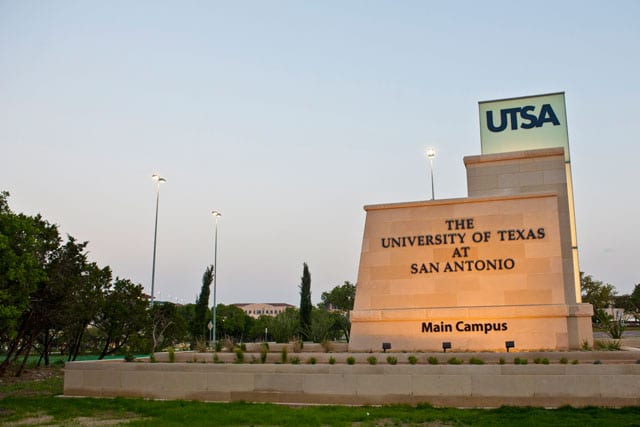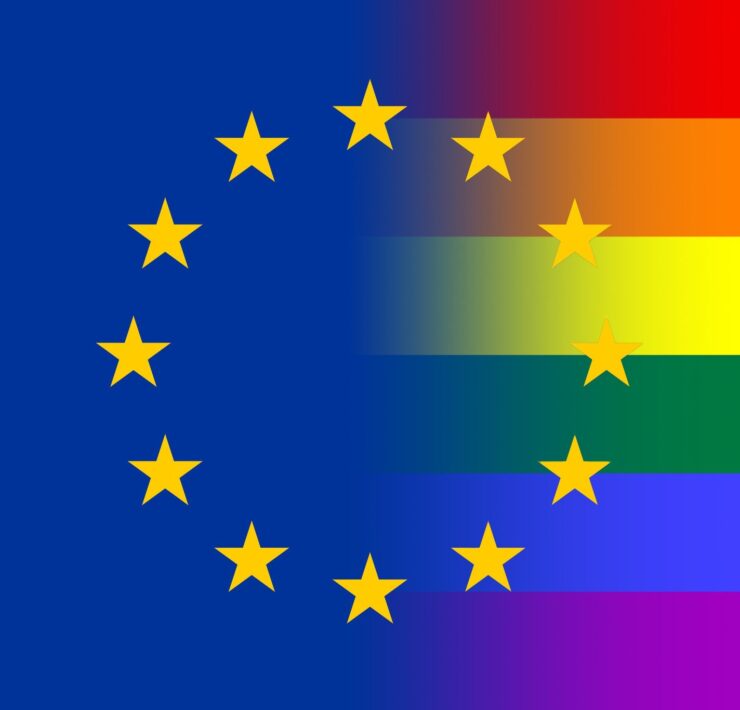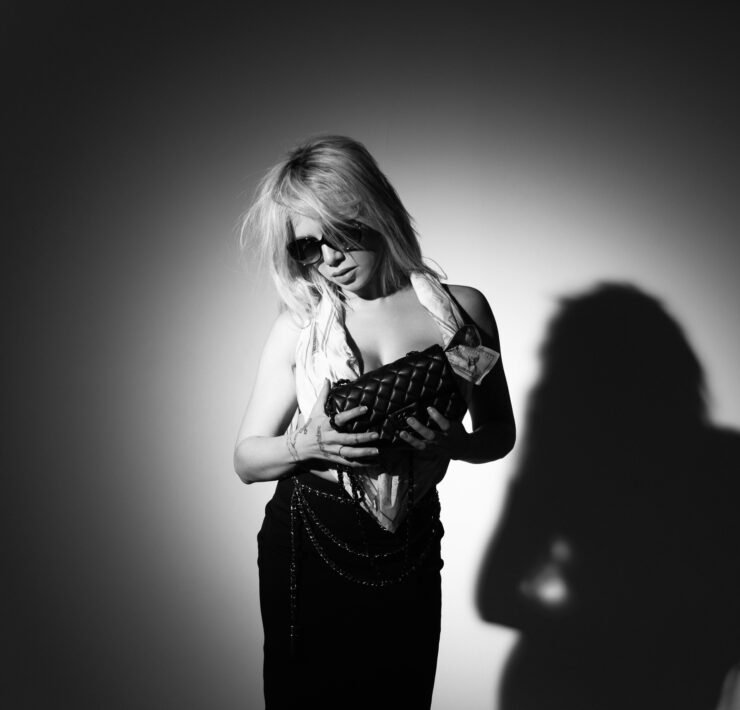The Blurred Reality of Horror Films

Rick Kitzman is a Colorado native and a survivor of…
I stand staring at the blue sky, towering cliffs, and a black cave when a gigantic dragon and a colossal, dog-legged Cyclops wrestling in a macabre death dance start tipping over on top of me, until… Sinbad sweeps me to safety.
That was my first nightmare. It was 1958, and I was five. My brother had taken me to see The 7th Voyage of Sinbad.
It was then that I became obsessed with getting spooked — and handsome heroes. But much as I’m obsessed with it, I hate getting spooked. My ambivalence stems from the conflicting combination of a simulated adrenaline rush and the sensation of being the captivated voyeur: every serrated slash or monster munch is vividly imagined and viscerally felt.
Since Gilgamesh — the earliest surviving script considered literature written in Mesopotamia around 2100 BCE — humanity has conjured heroes and heroines to kill its monsters and conquer an evil and hostile environment, qualities that still linger today.
Watching horror movies, we exercise our primordial lizard brains — the instinct to fight, flee, or freeze — triggering hard-won survival skills, making us feel alive, and giving us a stimulating break from a modern, mundane life.
And that is where horror hides.
After Sinbad came the zombie/cannibal classic Night of the Living Dead (1968). My buddy’s dad drove us to the Kar-Vu Drive-In, and while my buddy laughed with glee, I puked with disgust. I can still see a little girl eating her mother’s entrails. Even though zombies are fictional, I’d lost a piece of innocence. The undead arose from atomic radiation, and in 1968, nuclear war was a card to play in the Cold War.
For decades, that apocalyptic scenario seemed averted; today, two knuckleheads with bad haircuts raise the no-win specter again.
Even in the relative safety of our 21st century homes, we’re not unlike the hominids cowering in a cave in the opening act of Stanley Kubrick’s 2001: Space Odyssey (1968). That ancestral tribe — individuals dependent on the group for survival — rarely exists today. We are civilized, self-reliant, insulated from community, while still at the mercy of place and time. Horror can be found on vacation, at work, school, the movies, or a nightclub.
It’s a wonder we ever leave home, ironically a very dangerous setting for horror. Demons and humans and ghosts pervert the home, transforming it from a safe haven into a haunted house.
After watching Tobe Hooper’s The Texas Chainsaw Massacre, the basement became the setting for my own childhood horror when Mom requested, “Get some hamburger.” Shadows cast by a bare bulb. Chthonic mutants lurking, awakening, nipping at my heels as I scampered up the steps two at a time, leaving the hamburger behind.
But horror has a way of making you feel unsafe almost anywhere.
Steven Spielberg scared teenagers out of the ocean with Jaws (1975), while Ridley Scott turned the vast and infinite universe into a thing of nightmares when he transformed a spaceship into a haunted house in Alien (1979). I first saw Sigourney Weaver battle her way through space in New York at one of the last massive movie palaces in Times Square, sitting alone in the balcony, smoking a joint — big mistake. Was there ever a more sublime, sanguinary, toothy beast created? Perhaps the evolutionary inheritor of the velociraptor in Jurassic Park (1993), where even private educational amusement park trips are transformed into a place of pure fear.
Or maybe in the indie film Teeth (2007), in which a young woman develops “vagina dentata.” Figure it out. I’m clenching just thinking about it, and I’m a perfect Kinsey 6. Are even our sexual desires not a safe place to hide anymore?
Answer… No.
Take a peek at the torture porn genre, where they rely on beautiful people being torn apart in gruesome, horrifying ways. But what makes viewing amputations in the Hostel or Saw series different from Stronger (2017), about a Boston Marathon bombing hero? The thrill of temptation? Dipping one’s toe into immoral indulgences without plunging into the abyss?
I dipped once visiting the Museum of Torture in Sienna, Italy, artifacts courtesy of the Catholic Church’s clever engineers. I left quickly, nauseated by what I had seen. The stench of centuries-old death permeated the rooms, and a miasma of souls seemed to cling to their objects of unspeakable pain and horror.
But speak about pain and horror we do. We gawk, gasp, and gossip as we drive past a highway accident without slowing down. It’s not dented steel and shattered glass we hope to see. At the movies we can suspend our disbelief. Which is why I never see devil movies. I can’t suspend my belief in evil.
Who needs vicarious horrors when real horrors are plentiful?
Decimated landscapes by Hurricanes Harvey and Irma looked exactly like War of the Worlds (2005), in which people are dethroned by aliens. The movie’s displaced population reminded me of the Syrian diaspora.
The idiot/genius in The Lawnmower Man (1992) disperses his enemies, scattering their molecules. Imagine the horror of your body disappearing, weakening until immobile, while your brain functions acutely. Or the antithesis, aware your mind is disappearing, reality fading, while your body functions healthily. A friend of mine died from ALS, and another suffers from Alzheimer’s.
The torch-carrying villagers in Frankenstein (1931), hell-bent on killing the creature, may be laughable today, yet in August, torch-carrying neo-Nazi vigilantes, hell-bent on killing diversity, marched in Charlottesville.
And it’s the disturbing movies with a twist ending that freak me out the most: The Innocents (1961), Don’t Look Now (1973), The Vanishing (1988, the Dutch original), Frailty (2001). No demons, aliens, or monsters. Just people. Everyone spends a lifetime trying to solve that greatest of mysteries. Maybe a part of everyone is the demon, alien, monster, for who’s more savage than man?
I’m still hooked on getting spooked and hunky heroes. Summer’s Alien: Covenant was better than expected; The Mummy was crap. And the Sinbad of my first nightmare, Kerwin Mathews? In 2007 at the age of 81, he died in San Francisco, survived by his partner of 46 years, Tom Nicoll.
What's Your Reaction?
Rick Kitzman is a Colorado native and a survivor of the AIDS epidemic in New York City during the 80s. He has been a corporate trainer, human resources director, and a club DJ (Studio 54 in New York, The Ballpark in Denver). He wrote 'The Little Book on Forgiving,' published by DeVorss & Co. in 1996 and excerpted in 'Science of Mind Magazine.' Rick is the winner of the John Preston Award for his short story “The Lady in the Hatbox,” included in Best Gay Erotica of 1997. In his column, “American Queer Life,” he contributes to OFM with opinion articles ranging from political injustice to the Oscars. He has a great partner who treats him like gold and says “he’s adorbs and funny as heck!” Rick thinks tweets are for twits. “One word: Trump ... just sayin’...”










